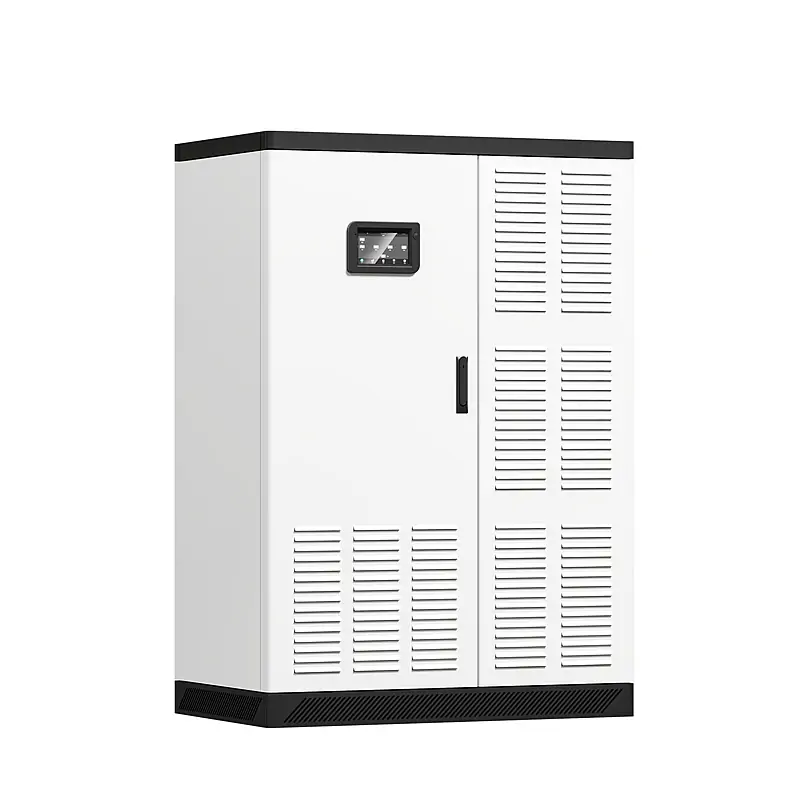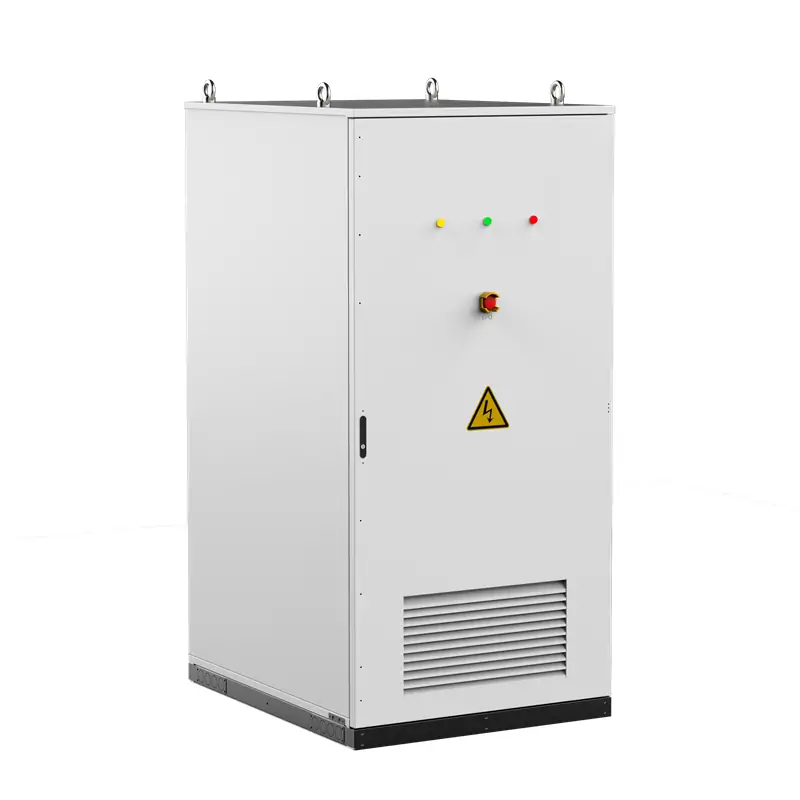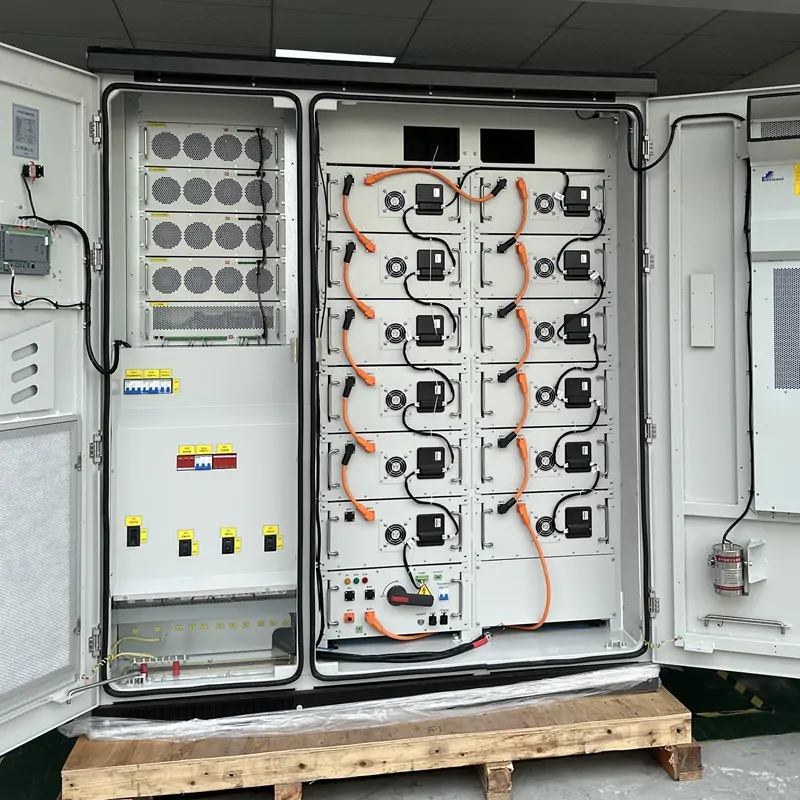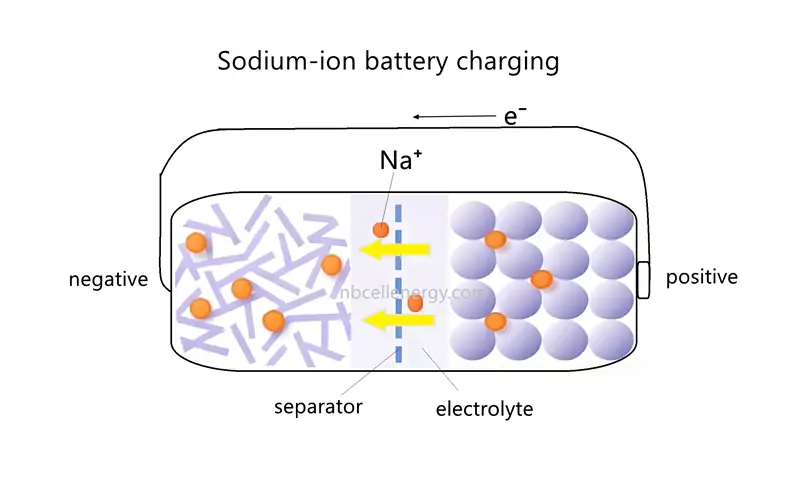LiFePO4 Prismatic Battery Cell Terminal Comparison
LiFePO4 prismatic battery cell terminals are the key components connecting the battery cells to the outside, and their design and selection directly affect the performance, safety and subsequent use of the battery. This article will provide you with a detailed introduction to the current common types of LiFePO4 prismatic battery cell terminals, so that you can make the best decision when choosing.
LiFePO4 Prismatic Battery Cell Flat Top Terminal

1. Flat Top Terminal Specifications and Materials
Specifications: Each manufacturer designs flat terminals slightly differently, usually round or square. You will need to refer to the manufacturer’s specifications for exact dimensions.
Material: Positive terminal is usually aluminum, negative terminal is usually aluminum & copper.
The main function of battery terminals is to conduct electricity. Conductor according to the conductivity can be divided into silver → copper → gold → aluminum → tungsten → nickel → iron. The best is definitely silver, but the precious metal elements are rare, while the world’s copper and aluminum elements are abundant, the price is relatively cheap.
2. Flat Top Terminal Pros.
Flexible and high degree of freedom. You can choose and use it according to your needs, i.e. you can directly weld the busbar for use, or weld the studs and then assemble it.
The price is relatively favorable. All other types of terminals need to be processed on top of that, so buying flat terminals directly saves the cost of processing.
3. Flat Top Terminal Cons.
Welding machine required: Equipment for welding battery terminals is required for use, and welding machines are expensive.
Professionals are needed: It needs to be handled by a professional to avoid problems during the welding process that can lead to battery scrapping.
Additional purchase accessories: There is also the additional purchase of related battery accessories.
4. Flat Top Terminal Applications
The final application is determined by the performance of the battery and the subsequent welding method.
Flat terminals are suitable for large companies with welding capabilities, not for individual consumers without machining capabilities.
5. LiFePO4 Prismatic Battery Cell with Flat Top Terminal Recommendation
There are many battery manufacturers that produce battery cells with this flat top terminal. Most manufacturers default to flat terminals. If you need this type of battery cells, here are their links: CALB battery, EVE battery, REPT battery.
LiFePO4 Prismatic Battery Cell Stud Terminal

LiFePO4 prismatic battery cell stud terminal is usually formed by welding a stud with a base on the flat terminal of the battery cell. The base with busbar is mainly used to conduct electricity, and the stud with nut mainly serves as a fixed function.
1. Stud Terminal Specifications and Materials
The stud terminal consists of a stud and a base.
Base specification: The base is mostly square and round, easy to match with the flat terminal. Round base diameter: 12 ~ 18mm, the most used is 15.5mm. Square base specification more, the two commonly used are: 17.5 * 21.5mm and 13.5 * 21.5mm.
Base material: Aluminium.
Stud specifications: M5, M6, M8. In practice, customers choose M6 most, followed by M8, rarely use M5. The height of the stud 10~11mm is used most. The overall height with base is 14~15mm.
Stud material: galvanized carbon steel.
Torque specification: M6 is usually 7~9Nm, M8 is 11-13 Nm.
2. Stud Terminal Pros.
Convenient to use: When the customer receives the goods, the battery has been welded and can be used directly. And it is easy to install and remove, can be reused many times.
Easy maintenance: A battery pack consisting of stud terminal battery cells is easier to maintain. When the battery pack has problems, it is easy to disassemble it. If it is caused by a certain battery cell, you can also replace the defective battery cell in time and continue to use it, instead of scrapping the whole battery pack.
3. Stud Terminal Cons.
Exposed metal parts require good insulation protection.
The vibration resistance is relatively poor. Excessive vibration may cause the nuts to loosen and fall off, affecting the entire battery pack.
4. Stud Terminal Applications
Ideal for DIY personal users and for small projects with a small number of batteries connected in series and parallel.
Not suitable for high voltage projects and electric vehicle projects.
It can be used for home backup power, portable power, small energy storage projects, etc.
5. LiFePO4 Prismatic Battery Cell with Stud Terminal Recommendation
This type of terminal is usually obtained by welding a stud to a flat terminal. If you need this type of terminal, you can first select a suitable battery cell from the flat terminal, and we can process and weld it into a stud terminal for you.
LiFePO4 Prismatic Battery Cell Built-in Screw Terminal

LiFePO4 prismatic battery cell built-in screw terminal is screw holes embedded in the flat terminal. This is usually the battery cell manufacturer’s factory with, do not need to later welding and punching and other processing.
Some customers ask: Why can’t we punch holes in the flat terminal? This is because if the manufacturer does not design the embedded screw holes ahead of time, punching the holes on your own can easily puncture the positive and negative terminals and scrap the battery. Moreover, self-punched holes are not the same as the screw holes designed by the manufacturer, and it is easy to slip the wire when using the self-punched holes in the later stage.
1. Screw Terminal Specifications and Materials
Material: Positive terminal is usually aluminum, negative terminal is usually aluminum & copper.
Screw hole specifications: M4,M6,M8.
M6 mostly, M4 and M8 rarely. M6 torque and size is moderate, M4 torque is smaller, M8 hole pitch is larger.
Outside diameter: 8-15mm, depending on internal thread size and wall thickness required.
Depth: Typically 6-11mm, embedded in the battery case.
2. Screw Terminal Pros.
It has the same advantages as stud terminals in that it is easy to use and easy to maintain.
The inline structure allows it to be assembled into a battery pack without increasing the overall height too much, unlike the stud terminal where you have to consider the height of the battery as well as the height of the stud.
3. Screw Terminal Cons.
Vibration resistance is moderate, higher than stud terminals, but not enough to get to EV level.
4. Screw Terminal Applications
Applications are similar to stud terminals. Also suitable for DIY personal users, small energy storage or power projects. It can also be used for low speed car or golf cart power supply etc. But not suitable for electric vehicle projects.
5. LiFePO4 Prismatic Battery Cell with Screw Terminal Recommendation
Nowadays, fewer battery manufacturers produce battery cells with screw terminal straight from the factory compared to before.
If you need battery cells with this type of terminal, you can refer to the following models:
GBS Battery, CALB L160F100B, CALB L173F125B, CALB L173F163B,CALB L173F230B.
LiFePO4 Prismatic Battery Cell Busbar Connection Terminal
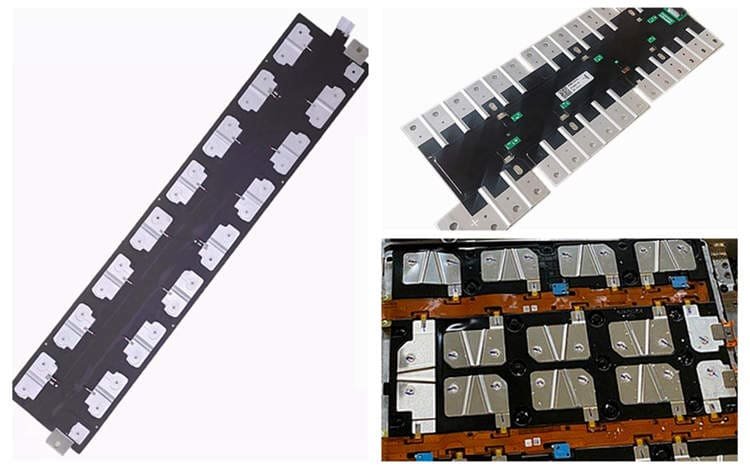
The busbar connection terminal is welded directly to the battery cell terminal using a laser welding machine.
1. Busbar Connection Terminal Specifications and Materials
Specification: The specification varies according to the actual series parallelism and project requirements.
Material: Still with good conductive materials, usually aluminum, copper, or aluminum-copper alloy materials.
2. Busbar Connection Terminal Pros.
Good conductivity for high current, high power applications.
Strong series-parallel connection capability and high degree of customizability, suitable for a variety of large-scale lithium battery projects.
Strong vibration resistance, solid connection, suitable for electric cars, electric buses and so on.
3. Busbar Connection Terminal Cons.
Professional tools and skills are needed. Professionals are needed to design the battery pack and then use the laser welding machine to weld the busbar to the positive and negative terminals of the battery cells. The welding process should be operated by professional people.
Not easy to disassemble. Once the busbar is welded to the battery cells, it cannot be removed without damage. Problems with one battery cell can lead to the scrapping of the whole battery.
4. Busbar Connection Terminal Applications
Not suitable for individual clients. Suitable for corporate clients with specialized equipment and personnel.
Good electrical conductivity and vibration resistance make these terminals more suitable for battery packs or battery systems with high quality requirements. For example, large-scale energy storage systems, electric vehicles, electric buses, electric tractor-trailers and so on.
LiFePO4 Prismatic Battery Cell Customized Terminal
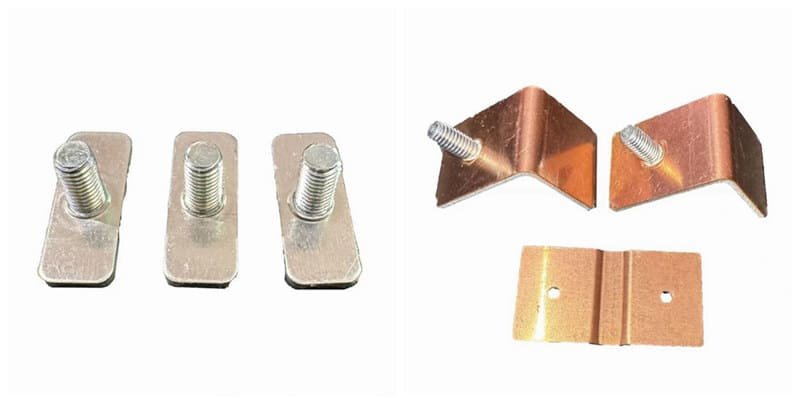
Conventional terminals do not meet the requirements of all customers. Therefore some customers customize the most suitable battery terminals for their project requirements.
1. Customized Terminal Specifications and Materials
Material: Generally, you will still choose a material that conducts electricity well and is sturdy, aluminum alloy, pure aluminum, copper, etc. are all common options.
Specification: Because it is a customized product, the specification depends on the customer’s requirements.
2. Customized Terminal Pros.
Completely fit your own requirements and adapt to your own projects.
3. Customized Terminal Cons.
It’s expensive, takes a long time, requires certain quantities, and in some cases involves drawings and molding.
4. Customized Terminal Applications
Ideal for projects with special requirements, high profitability of the product, sufficient budget and long term use.
Summarize
Finally, we have listed all of the above types of terminals in a chart for easy viewing and comparison.



